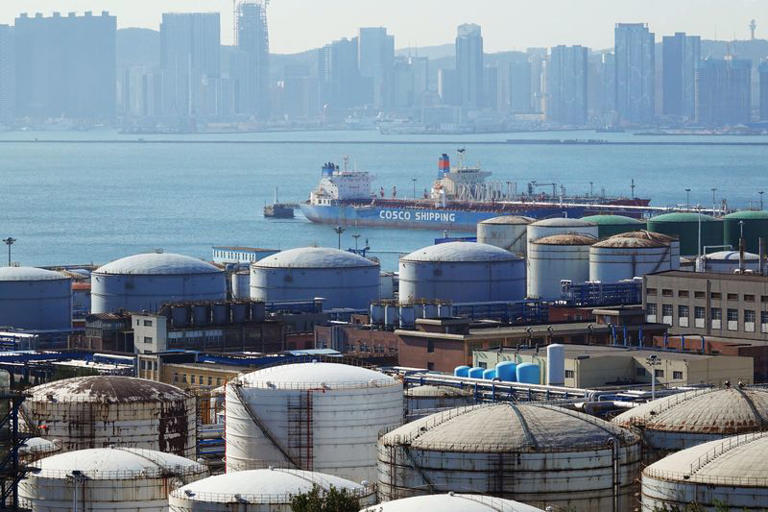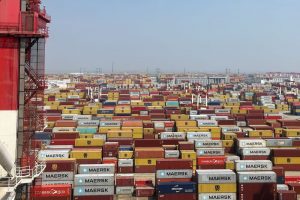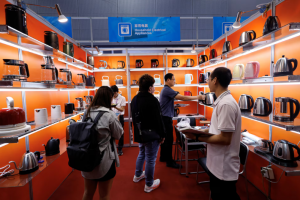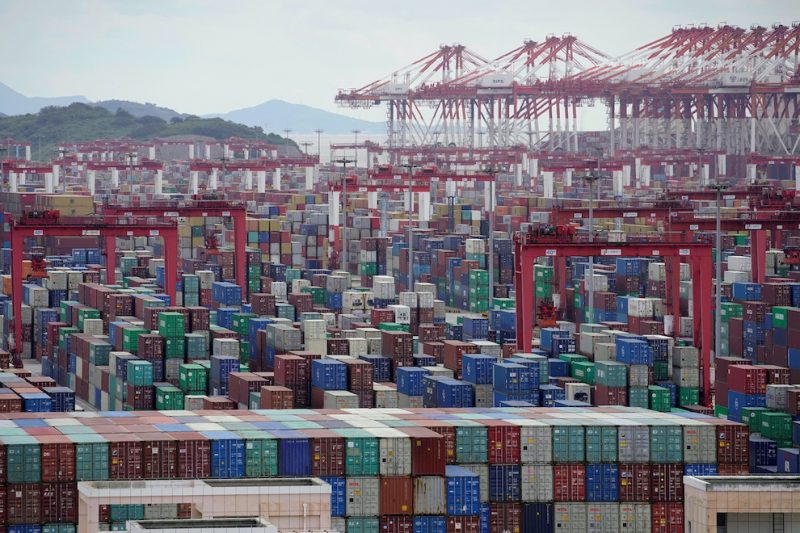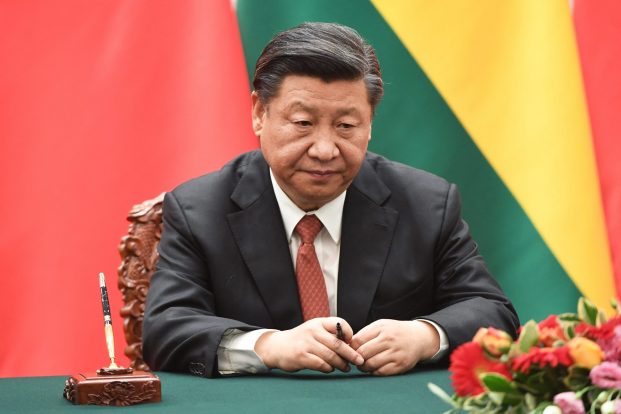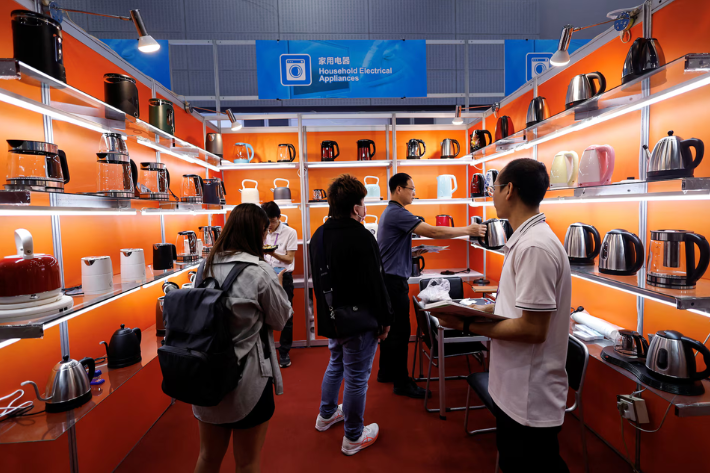Chinese vessels could be charged up to $1.5 million to enter US ports, under a proposal by the US Trade Representative’s office.
The move aims to counter China’s growing domination of the global shipbuilding and logistics – and encourage US shipyards, which were building 70 ships in 1975, but now build just five a year.
It follows a January 16 report on a USTR probe, launched during the Biden Administration, that revealed how China has increased its share of global shipbuilding tonnage from 5% in 1999 to over 50% in 2023 because of massive state subsidies and preferential treatment for state-owned enterprises that are squeezing out private international competitors.
ALSO SEE: US Chip Policy Upheaval Has Asian Chip Giants on Tenterhooks
In a Federal Register notice published late on Friday, the Trade Representative’s office detailed its proposed fees and other shipping restrictions. The agency scheduled a March 24 public hearing on the remedies.
The probe was launched in April 2024 at the request of the United Steelworkers and four other unions, and conducted under Section 301 of the Trade Act of 1974, as a way to rebuild an industry that has been in deep decline since the 1970s, when Japan and South Korea dominated shipbuilding.
The results of the probe were announced last month, just days before Donald Trump was sworn in as president.
The proposed remedies include port entrance fees of up to $1 million per vessel owned by Chinese maritime transport operators, such as the state-owned China Ocean Shipping Co Ltd. Alternatively, the US would charge $1,000 per net ton of a vessel’s cargo capacity.
Non-Chinese maritime transport operators operating Chinese-built ships would pay up to $1.5 million per port entry, according to the notice. Those with greater than 50% Chinese-built fleets would pay $1 million per vessel entry regardless of origin. The fee would fall to $750,000 if the Chinese fleet percentage was between 25% and 50% and to $500,000 if under 25%.
A second set of fees in similar amounts could apply to maritime operators with vessels on order from Chinese shipyards to be delivered over the next two years.
USTR said that under the proposal the fees could be refunded by up to $1 million per entry into a US port by a US-built vessel employed in international maritime services.
US vessel requirements
The remedies also would require at least 1% of US exports to be shipped on US flagged-vessels for the first two years, including capital goods, consumer goods, agricultural products, and chemical petroleum and gas products.
The percentage would increase to 3% US exports after two years, and 5% after three years. After three years, 3% of US exports would have to be shipped on American-built ships.
After seven years, the restrictions would require at least 15% of US goods to be transported on US-flagged vessels, with 5% on American-built ships.
USTR also said that it recommends restricting access to US shipping data for China’s National Transportation and Logistics Public Information Platform or banning US port terminals from using LOGINK software.
- Reuters with additional editing by Jim Pollard
ALSO SEE:
US Probe Shows China Unfairly Dominates Shipbuilding: Sources
China Says HK Ship Destroyed Baltic Gas Pipeline by Accident
China’s Cosco Shipping, Fortescue Eyeing Ammonia-Fuelled Ships
Shipping Chaos Set to be ‘New Normal’ Amid War, Climate Change
Ocean Freight Fees Shoot up After New Red Sea Ship Attacks
Japanese, German Shipping Firms Still Avoiding Suez Canal
Shipping Firms Chart Return to Red Sea Amid US Military Push
Japanese Tanker Attacked Near India by Iranian Drone, US Says
Chinese Car Exports to EU Seen Hit by Red Sea Ship Attacks
Freight Firms Avoid Red Sea, Hitting Asia-Europe Supply Chains
Maersk Halts Red Sea Routes Again After Latest Attack – CNN




